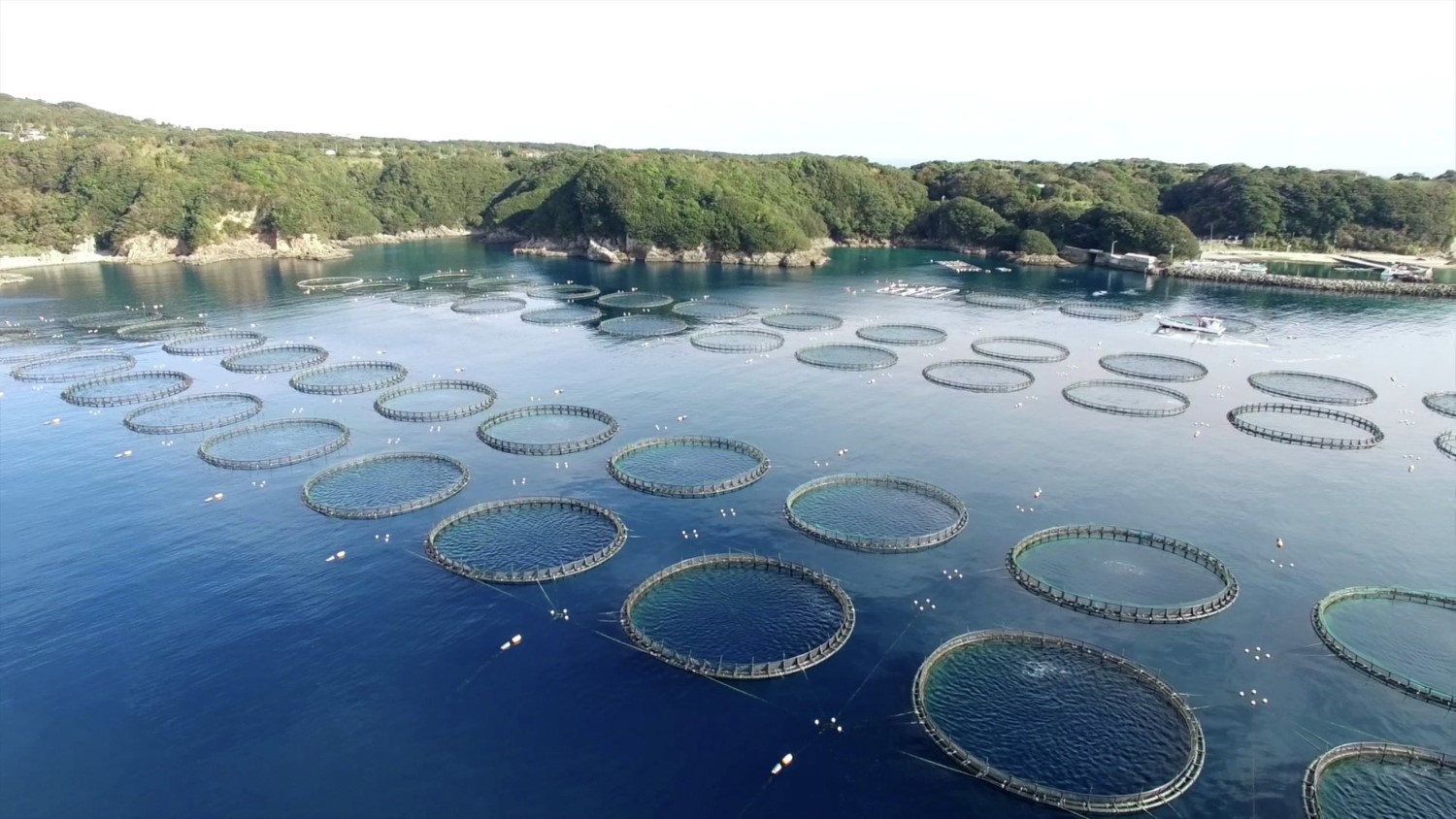
How does Skretting define 'novel ingredients'?
We want to take lead in the emerging market of novel ingredients, and that requires clear direction. Our definition serves multiple purposes: it guides our internal decision-making when scouting for new raw materials and ensures transparency in our external communications regarding what we classify as novel and the criteria these ingredients must meet to be viable in aquaculture.
Novel ingredients are raw materials that have not yet been used in aquaculture at scale, with the potential of expanding and enhancing our feed offerings.

Novel ingredients are raw materials that have not yet been used in aquaculture at scale, with the potential of expanding and enhancing our feed offerings. They must be evaluated on food safety, nutritional value, scalability, cost competitiveness, and their environmental and social impact.
Our definition consists of two key elements: first, a clear statement of what constitutes a novel ingredient for Skretting; second, a recognition of the challenges that must be addressed for successful adoption. To bring further clarity, we have identified specific ingredients as priority areas for the next five years. The list gives an indication of what kind of ingredients we will prioritise within the spectrum of novel ingredients.
Types of novel ingredients
Alternative sources of EPA/DHA fatty acids
Provide essential omega-3 fatty acids, crucial for fish health and human nutrition.
Examples: Algal oil, genetically modified rapeseed oil
Sources of saturated fatty acids
Provide concentrated energy and fat for feed formulations.
Examples: Coconut oil, black soldier fly oil
Single cell protein from yeast
Protein derived from yeast fermentation.
Examples: Brewers yeast, torula yeast, kluyveromyces
Single cell protein from bacteria
Protein made through bacterial fermentation.
Examples: Hydrogen-oxidizing bacteria (HOB), methane oxidizing bacteria (MOB), co-products from amino acid production, other protein producing bacteria
Fungi/mycelium protein
Protein derived from fungal biomass or mycelium.
Examples: Mycoprotein
Under-utilised vegetable proteins
Plant-based protein sources that are less commonly used in feed.
Examples: Grass, alfalfa, side streams from vegetable processing
Upgraded vegetable proteins
Vegetable proteins enhanced through processing (e.g., concentration).
Examples: Pea protein concentrate, rapeseed protein concentrate, lupin protein concentrate, fermented vegetable proteins
Under-utilised processed animal proteins, PAPs
(By-)products from different industries repurposed for feed use.
Examples: Insect meal, meat and bone meal
Marine fish & animals
Protein derived from marine animal species
Examples: Under-utilised fish resourses, tunicates, mussels, sea urchin, calanus, krill
Macro- and microalgae and marine vegetables
Protein derived from algae
Examples: Nannochloropsis sp. seaweed
Phytocomplexes
Natural mixtures of bioactive compounds found in plants
Examples: Essential oils, polyphenols, alkaloids
Functional ingredients
Health related ingredients aiming to improve immunity, digestion, or performance
Examples: Prebiotics, probiotics, antioxidants, hydrolysates




